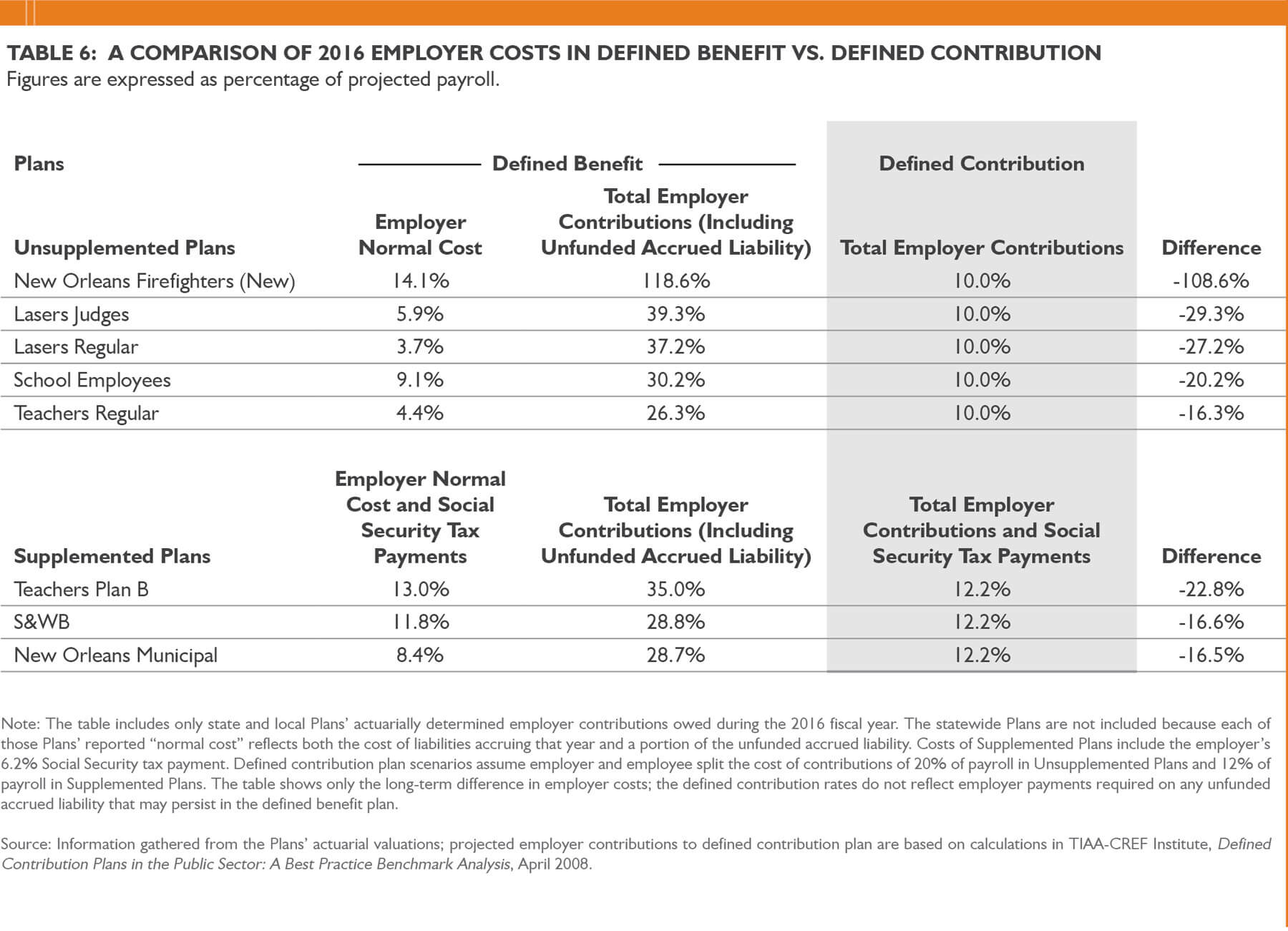

Finance
What Is Investment In Accounting
Modified: December 29, 2023
Discover the importance of finance in accounting and learn what investment entails. Enhance your knowledge of financial management with our comprehensive guide.
(Many of the links in this article redirect to a specific reviewed product. Your purchase of these products through affiliate links helps to generate commission for LiveWell, at no extra cost. Learn more)
Table of Contents
Introduction
Investment plays a crucial role in the field of accounting, serving as a key component of financial decision-making and wealth creation. In accounting, an investment refers to the allocation of funds with the expectation of generating future income or achieving capital appreciation. It involves committing resources to acquire assets or securities that have the potential to generate returns over time.
Investment decisions are influenced by various factors, including risk tolerance, financial goals, and market conditions. By intelligently managing investments, businesses and individuals can optimize their financial resources, generate income, and secure long-term financial stability.
Accounting for investments encompasses a range of activities, including the recording, valuation, and reporting of investment transactions. It involves classifying investments based on their nature, determining their fair value, and disclosing relevant information in financial statements. Proper accounting for investments ensures transparency, accuracy, and compliance with regulatory standards in financial reporting.
This article will delve into the different types of investments in accounting, the methods of accounting for investments, the classification of investments in financial statements, and the importance of investment in the accounting field.
Definition of Investment in Accounting
In accounting, the term “investment” refers to the deployment of funds into assets, securities, or other financial instruments with the expectation of generating returns in the form of income, capital gains, or both. When individuals or businesses invest, they are essentially allocating their resources in the pursuit of financial growth and wealth accumulation.
Investments in accounting can take various forms, including stocks, bonds, real estate, mutual funds, derivatives, and other financial instruments. These investments can be categorized into two broad types: short-term investments and long-term investments.
Short-term investments are typically held for a brief period, ranging from a few days to a year. They are commonly used to park excess cash or generate quick returns. Treasury bills, money market funds, and commercial paper are examples of short-term investments. On the other hand, long-term investments are held for an extended period, often with the expectation of securing substantial gains over time. Common examples of long-term investments include stocks, bonds, and real estate properties.
Investment in accounting is characterized by the commitment of funds with an anticipation of future cash flows. These cash flows can come in the form of interest payments, dividends, rental income, or appreciation in the value of the investment. The ultimate goal of investment in accounting is to generate positive returns on capital and increase the wealth of the investor.
Furthermore, investment decisions in accounting are driven by a combination of factors, including risk tolerance, return expectations, time horizon, and liquidity requirements. Investors need to carefully assess and analyze the potential risks and rewards associated with different types of investments before making informed decisions.
Accurate and transparent accounting for investments is crucial to ensure the proper valuation, disclosure, and reporting of these assets. By adhering to established accounting principles and standards, investors can effectively monitor and evaluate the performance of their investments and make informed decisions regarding buying, selling, or holding their investment portfolios.
Types of Investments in Accounting
Investments in accounting can be classified into various categories based on their nature, underlying assets, and risk-return profiles. Understanding the different types of investments can help investors make informed decisions and tailor their investment strategies to meet their financial goals. Here are some common types of investments in accounting:
- Stocks: Stocks, also known as equities or shares, represent ownership stakes in a company. When individuals or organizations purchase stocks, they become shareholders and have the potential to earn returns through stock price appreciation and dividend payments.
- Bonds: Bonds are debt securities issued by governments, municipalities, or corporations to raise capital. Bondholders lend money to the issuer in exchange for regular interest payments and the return of the principal amount at maturity.
- Mutual Funds: Mutual funds pool money from multiple investors to invest in a diversified portfolio of stocks, bonds, or other securities. This allows individuals with smaller investment amounts to gain exposure to a wide range of assets and benefit from professional fund management.
- Exchange-Traded Funds (ETFs): ETFs are similar to mutual funds but trade on stock exchanges like individual stocks. They offer investors the opportunity to invest in a diversified portfolio of securities while providing the flexibility of trading throughout the day.
- Real Estate: Real estate investments involve the purchase, ownership, or lease of properties such as residential homes, commercial buildings, or land. Real estate investments can generate income through rent payments or yield returns through property appreciation.
- Options and Futures: Options and futures are derivative contracts that allow investors to speculate on the price movements of underlying assets without owning them outright. These investments can be highly leveraged and involve a higher level of risk.
- Commodities: Commodities include physical goods such as gold, oil, agricultural products, and metals. Investors can gain exposure to commodities through various instruments, including futures contracts, exchange-traded products, or directly investing in commodity-related companies.
- Cryptocurrencies: Cryptocurrencies like Bitcoin, Ethereum, and others have gained popularity as a type of digital investment. These decentralized digital assets offer potential for investment growth but come with high volatility and regulatory uncertainties.
It’s important for investors to diversify their portfolios by investing in different types of assets to mitigate risk and optimize returns. The right investment mix will depend on factors such as individual risk tolerance, financial goals, and market conditions.
Accounting for Investments
Accounting for investments involves the systematic recording, valuation, and reporting of investment transactions in accordance with accounting principles and standards. It encompasses various activities aimed at accurately reflecting the financial position and performance of an entity’s investment portfolio. Proper accounting for investments ensures transparency, reliability, and comparability in financial reporting.
When accounting for investments, it is essential to classify them appropriately based on their nature and intent. Investments can be categorized into three main types:
- Trading Securities: These are investments that are actively bought and sold with the intent of generating short-term profits. Trading securities are recorded at fair value, and changes in their value are recognized in the income statement.
- Available-for-Sale Securities: These investments are not actively traded but are held with the intent of selling them in the future. Available-for-sale securities are initially recorded at cost and subsequently adjusted to fair value at each reporting period. Changes in fair value are reported in the equity section of the balance sheet.
- Held-to-Maturity Securities: These investments are held until their maturity date and are recorded at amortized cost. Changes in their fair value are not recognized, and interest income is reported in the income statement.
In addition to classifying investments, accounting standards require the proper valuation of investment assets. Generally, investments are reported at fair value, which represents the price that would be received to sell the investment in an orderly transaction between market participants. Fair value can be determined using market prices, valuation models, or other appropriate methods.
Disclosure is another critical aspect of accounting for investments. Companies are required to provide relevant information about their investments in their financial statements. This includes details about the types of investments held, the fair value of each investment, any significant changes in value, and any restrictions on the ability to sell or realize the investments.
Accounting for investment income depends on the type of investment held. Dividend income from equity securities is recognized when the right to receive payment is established, while interest income from debt securities is accrued based on the effective interest rate.
Additionally, impairment testing is conducted on investments to assess whether there has been a significant deterioration in their fair value. If the fair value of an investment is deemed to be impaired, the carrying amount is adjusted accordingly, and an impairment loss is recognized in the income statement.
Overall, accounting for investments ensures that the financial statements present a true and fair view of an entity’s investment activities. This allows stakeholders to make informed decisions based on reliable and accurate information about an organization’s investment performance and portfolio management.
Methods of Accounting for Investments
Accounting for investments involves the use of various methods to record, report, and evaluate the financial impact of investment activities. These methods provide guidelines for valuing investments, recognizing income, and determining the appropriate presentation in financial statements. Here are some commonly used methods of accounting for investments:
- Cost Method: Under the cost method, investments are initially recorded at their acquisition cost and subsequently adjusted for impairments or changes in fair value. The cost of the investment remains unchanged until the investment is sold. This method is typically used for investments in equity securities where the investor has insignificant influence over the investee.
- Equity Method: The equity method is used when the investor has significant influence over the investee, usually indicated by owning 20-50% of the investee’s voting stock. Under this method, the investor initially records the investment at cost but subsequently adjusts the investment’s carrying value based on the investor’s share of the investee’s net income or loss. This method allows for proportionate recognition of the investee’s performance in the investor’s financial statements.
- Fair Value Method: The fair value method involves valuing investments at their fair value, which represents the price that would be received to sell the investment in an orderly transaction. Fair value changes are recognized in the income statement, reflecting the gains or losses on the investment. This method is commonly used for financial assets held for trading or designated as available-for-sale.
- Consolidation Method: The consolidation method is used when an investor has control over the investee, usually indicated by owning more than 50% of the investee’s voting stock. Under this method, the investor combines the financial statements of the investee with its own, effectively creating a single set of consolidated financial statements. Consolidation allows for a comprehensive and holistic view of the investor’s investment activities and financial performance.
- Amortized Cost Method: This method is commonly used for debt securities and involves recording the investments at their initial acquisition cost and subsequently amortizing any premiums or discounts over the investment’s term. Interest income and any gains or losses at maturity are recognized in the income statement. The amortized cost method is typically used for held-to-maturity investments.
- Impairment Method: The impairment method is used to assess whether the carrying amount of an investment is impaired, meaning its fair value has significantly declined. When an impairment is identified, the carrying amount of the investment is reduced, and an impairment loss is recognized in the income statement. Impairment testing is typically done at each reporting period or when there are indications of a decline in value.
The choice of accounting method depends on factors such as the type of investment, the level of influence or control over the investee, and the intended holding period. Organizations must consistently apply the chosen method and ensure compliance with applicable accounting standards and regulations.
It’s worth noting that the accounting methods for investments may vary across jurisdictions and can be subject to specific rules and regulations. Therefore, organizations should consult the relevant accounting standards and seek professional advice to ensure accurate and compliant accounting for their investments.
Investment Classification in Financial Statements
Investments are classified and presented in financial statements to provide stakeholders with relevant information about an entity’s investment activities and their impact on its financial position and performance. Classification is important as it determines how investments are valued, reported, and disclosed. Here are the common classifications of investments in financial statements:
- Current Investments: Current investments, also known as short-term investments, are investments that are expected to be converted into cash or sold within a year. They are typically held for liquidity management or short-term profit generation. Current investments are reported on the balance sheet as current assets at their fair value, and any changes in fair value are recognized in the income statement.
- Non-Current Investments: Non-current investments, also referred to as long-term investments or strategic investments, are investments held for an extended period with the intention of earning long-term returns. Non-current investments include equity securities, bonds, and other long-term financial instruments. They are reported on the balance sheet as non-current assets and can be further categorized as either available-for-sale securities or held-to-maturity securities.
- Trading Securities: Trading securities are investments in financial assets that are actively bought and sold for short-term profit generation. They are reported as current assets on the balance sheet and are measured at fair value. Any changes in fair value are recognized in the income statement as gains or losses in the period in which they occur.
- Available-for-Sale Securities: Available-for-sale securities are investments that are not actively traded but held for future sale. They are reported as either current or non-current assets on the balance sheet, depending on the intent and expected timing of sale. These investments are initially measured at cost and subsequently adjusted to fair value. Unrealized gains or losses from changes in fair value are recognized in the equity section of the balance sheet as accumulated other comprehensive income.
- Held-to-Maturity Securities: Held-to-maturity securities are debt investments that the holder intends and has the ability to hold until maturity. They are reported as either current or non-current assets based on the maturity date. These investments are initially recorded at cost and subsequently measured at amortized cost using the effective interest method. Interest income is recognized in the income statement, while changes in fair value are not recognized unless the investment is impaired or sold.
- Equity Method Investments: Equity method investments represent significant ownership interests in other entities where the investor has the ability to exert significant influence over the investee. The investor’s share of the investee’s net income or loss is recognized as equity income in the investor’s income statement. Equity method investments are reported as non-current assets on the balance sheet.
Proper classification of investments in financial statements ensures that stakeholders can easily identify and understand the nature, liquidity, and risk associated with an entity’s investment portfolio. It provides transparency and reliable information for decision-making and assessment of an entity’s investment performance and potential risks.
It’s important for organizations to follow the relevant accounting standards and disclosure requirements when classifying and reporting investments in financial statements to maintain consistency and provide accurate and meaningful information to users of financial statements.
Importance of Investment in Accounting
Investment plays a critical role in accounting as it contributes to the overall financial health and performance of individuals, businesses, and organizations. Here are some key reasons highlighting the importance of investment in accounting:
- Wealth Creation: Investment provides opportunities for wealth creation and long-term financial growth. By allocating funds into assets such as stocks, bonds, real estate, or business ventures, individuals and businesses can generate income, achieve capital appreciation, and build their net worth over time. Effective investment strategies enable individuals and organizations to maximize their financial resources and create long-term wealth.
- Financial Decision-Making: Investments have a significant impact on financial decision-making. Properly managed investments can help individuals and businesses make informed decisions regarding asset allocation, risk management, and capital budgeting. By considering factors such as return expectations, risk tolerance, and market conditions, investment decisions provide a framework for optimizing financial resources and aligning them with strategic goals.
- Income Generation: Investments can generate income in various forms, such as dividends from stocks, interest from bonds, or rental income from real estate properties. This income stream can provide individuals and businesses with a steady cash flow, supplementing other sources of revenue and improving financial stability. Income generated from investments is an essential component of personal and corporate financial planning.
- Diversification and Risk Management: Investing in a diversified portfolio of assets helps to mitigate risk and manage investment volatility. By spreading investments across different asset classes, industries, and geographic regions, individuals and businesses can reduce the impact of any single investment’s performance. Diversification minimizes the risk of loss and enhances the potential for stable returns, protecting investment capital and improving long-term financial security.
- Retirement Planning: Investment plays a crucial role in retirement planning. By investing in retirement accounts or pension funds, individuals can accumulate wealth over their working years and ensure a financially secure retirement. The power of compounding returns over time allows investments to grow and provide a source of income during retirement. Effective investment planning is essential to meet future financial needs and maintain a comfortable lifestyle in retirement.
- Economic Growth: Investment is a key driver of economic growth. When individuals and businesses invest, they provide capital that can be used to fund new projects, business expansion, and infrastructure development. This stimulates economic activity, creates job opportunities, and fuels innovation. Investment in accounting contributes to the overall economic well-being of society.
Effective accounting for investments is crucial to monitor and evaluate investment performance, ensure compliance with regulatory standards, and provide accurate and transparent financial reporting. It enables individuals, businesses, and organizations to make informed investment decisions, assess their financial position, and communicate their investment activities effectively to stakeholders. By utilizing sound investment strategies and maintaining proper accounting practices, investors can optimize their financial resources, generate sustainable returns, and achieve long-term financial success.
Conclusion
Investment holds significant importance in the field of accounting, serving as a critical component of financial decision-making, wealth creation, and long-term financial stability. Accounting for investments involves classifying, valuing, and reporting investment transactions to ensure transparency, accuracy, and compliance with accounting standards.
Investments can take various forms, including stocks, bonds, mutual funds, real estate, and commodities, each with its own risk and return characteristics. Proper accounting methods, such as the cost method, equity method, or fair value method, are employed to accurately reflect the value and performance of investments in financial statements.
Investments are classified based on their nature and holding period, with current investments being held for short-term liquidity or profit generation and non-current investments for long-term wealth accumulation. Different categories, such as trading securities, available-for-sale securities, or held-to-maturity securities, have specific accounting treatments and reporting requirements.
The importance of investment in accounting lies in its ability to generate income, diversify risk, facilitate financial decision-making, and support economic growth. Investments provide opportunities for wealth creation, retirement planning, and income generation through dividends, interest, or rental income. Diversification helps manage risk and enhance the stability of investment returns.
Effective investment management and accounting practices are vital for individuals, businesses, and organizations to optimize financial resources, make informed investment decisions, and communicate investment activities to stakeholders. Accurate accounting for investments ensures transparency, compliance, and reliable financial reporting.
In conclusion, investment is a fundamental element of accounting. By effectively managing investments, individuals and organizations can achieve financial growth, minimize risk, and secure long-term financial stability. Through proper accounting, investments can be accurately recorded, valuated, and reported, providing stakeholders with meaningful information for decision-making and assessment of an entity’s financial performance.














